
20241018
<La Vie Tang> The ethereal beauty of the Taj Mahal beyond all praise (Part 2)
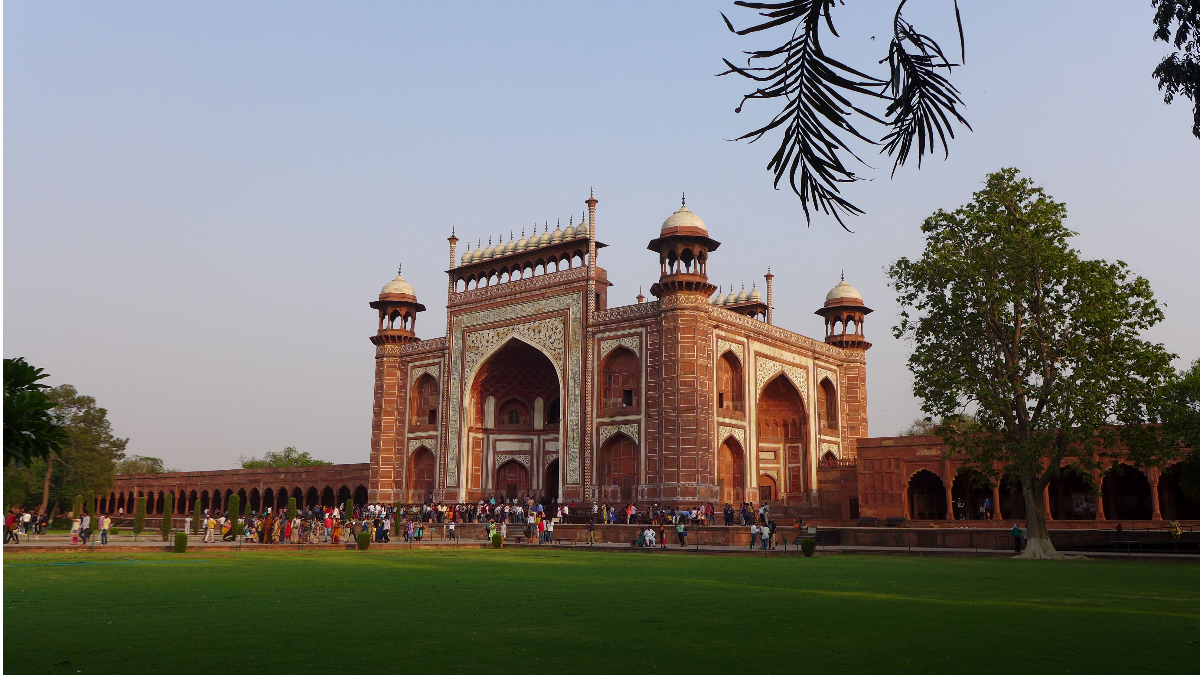
After listening to the story, we stepped through the front door. A pure-white building of ethereal magnificence suddenly came into sight, towering against the background of the blue sky and white clouds, shining in the sun. It is the main body of the well-known Taj Mahal that had once been described by the Hindu poet Rabindranath Tagore as ‘a tear on the face of eternity’.
The main body of the tomb is an octagonal building. Brick-plied walls are exteriorly skinned with pure-white marbles, which causes some visual illusion as to the entire tomb as some may consider the tomb a pure-white marble architecture. Hardly could I identify its composition without the tour guide’s clarification. Both doors and windows comprise hexagonal hollowed-out lattices in the uniform shape, while the white marbles are inlaid with jasper, turquoise, lapis lazuli, sapphire, agate, calcedony and a variety of jadeite, crystal and coral in different colors, the combination of which forms groups of exquisite scrolling patterns and the text of the Koran in script. Their excellent workmanship is really impressive.
Above the mausoleum is a huge onion dome, about 67 meters high from the bottom to the point of the dome, with four domed pavilions surrounding the main dome. Each side of the mausoleum has a huge Iwan-styled arch on the wall, each huge arch flanked by two layers of small Iwan arches on both sides. An iwan is a domed arch with three sides closed and the front open, with the structure similar to a niche, featuring the Islamic architecture.
Below the dome is the central chamber, and a pair of shoe covers are required before getting into the chamber. Its center is placed with two sarcophagi varying in size, the smaller for the rani while the larger one beside belonging to Shah Jahan. These two, empty coffins in fact, are the Cenotaph of Mumtaz Mahal and the Cenotaph of Shah Jahan respectively. The actual graves placed in the basement of 22 stairs below are closed to the public.
The main body of the tomb was built on a square marble pedestal nearly seven meters high, 100 square meters in size. At each corner of the marble pedestal erects a cylindrical white minaret (tall, thin tower) approximately 42 meters high, tilting slightly outward for 12 degrees. It is said to prevent the minarets from collapsing down toward the tomb in the earthquake while also giving a vertical sensation by looking at the Taj Mahal from the far distance.
I stood on the high pedestal platform overlooking my surroundings. The rear of the platform is close to the Yamuna, while a typical Mughal-styled (Persian) garden is just in front. The absolutely-squared garden is divided into four geometric flower beds by a cross-shaped waterway, with a marble pool right in the center. The pool and the straight waterway connecting the main entrance and the tomb are equipped with fountains. It is said that the fountains will work only during larger festivals, so that the white Taj Mahal is able to completely reflect in the quite surface of the pool, adding a touch of tranquil and mysterious beauty. Both sides of the waterway and the garden have been planted with fruit trees symbolizing life and cypress standing for death. The lavish green casts shades, providing a cool place for tourists escaping from the unbearable heat.
There are identical buildings on each side of the tomb. The one on the left facing just toward the holy city of Mecca is the mosque for the devout congregation praying and assembling, and the same building on the other side is nothing but a balanced design, not a real qualified mosque.
The tour guide, along the straight waterway, led me to the marble pool and told me that the stone bench he was pointing to was where the British Princess Diana left her pretty image on the photo during her visit to India in 1992. History finally proved the tragic end of these two princesses of astounding beauty in ancient and modern times respectively and leaves the world with a heartfelt sigh.
I revisited the Taj Mahal in May 2016. This time I was lucky enough to stay in the hotel favorably located inside the tome-garden and my room dominated a front view of the Taj Mahal, which offered me a great chance to look at this pure-white miracle as how Shah Jahan once did. I was also able to appreciate the breathtaking beauty of the Taj Mahal bathed in the glow of the rising sun and the setting sun in close distance for many times, fully content with my dream finally coming true.
Only from the tour guide did I realize that craftsmen and laborers were not forced to construct the tome but voluntarily responded to Shah Jahan’s call from everywhere. Due to the entire construction period of 22 years, more than 20,000 craftsmen with their families settled around the site and lived in clusters, nearby villages forming accordingly. Until now, villages around the Taj Mahal are said to be mostly inhabited by descendants of craftsmen in those years.
As for the Taj Mahal, I have once heard of a frightening rumor that after the Taj Mahal was completed, Shah Jahan ordered to cruelly disable all the craftsmen involved in the construction by cutting their hands off and gouging their eyes out in case they were to build an identical building as flawless as the Taj Mahal for others in the future. The guide stated categorically that this is an erroneous assertion without any historical basis.
Out of my curiosity that numbers of pavilions in the Taj Mahal, stairs and others all equal to 22, I was wondering if the fact was associated with the construction period of 22 years. However, no clue was uncovered after inquiries to the tour guide for many times. So, the answer has to be found out during my future visit to the Taj Mahal.




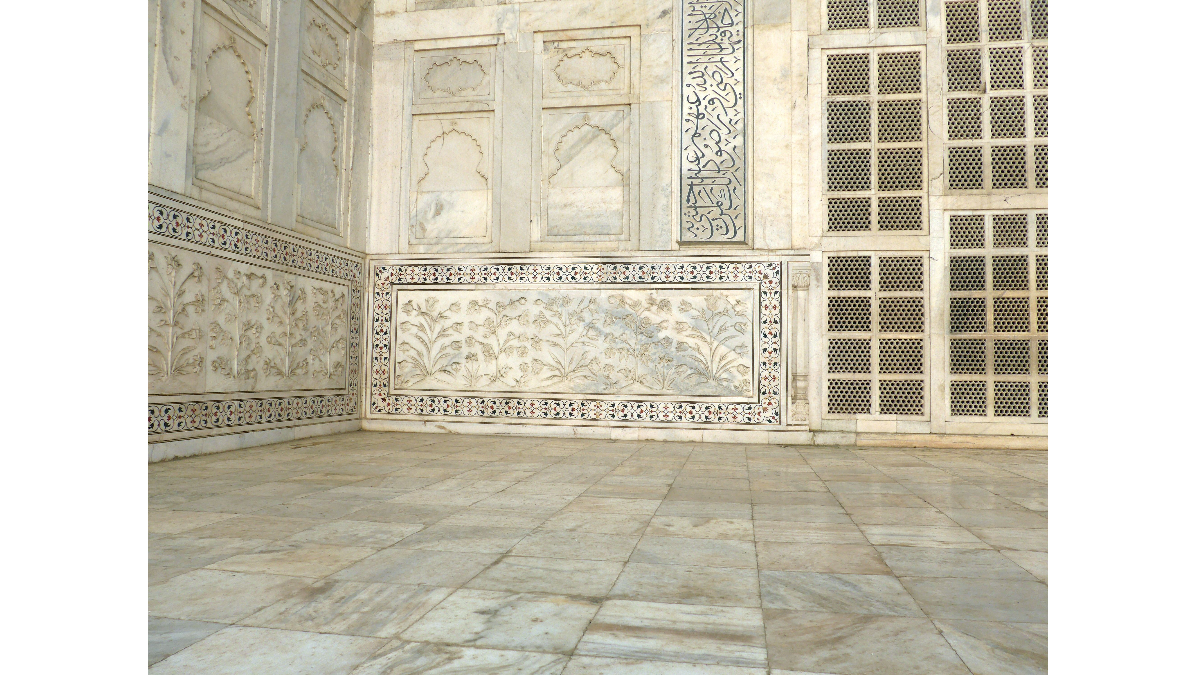
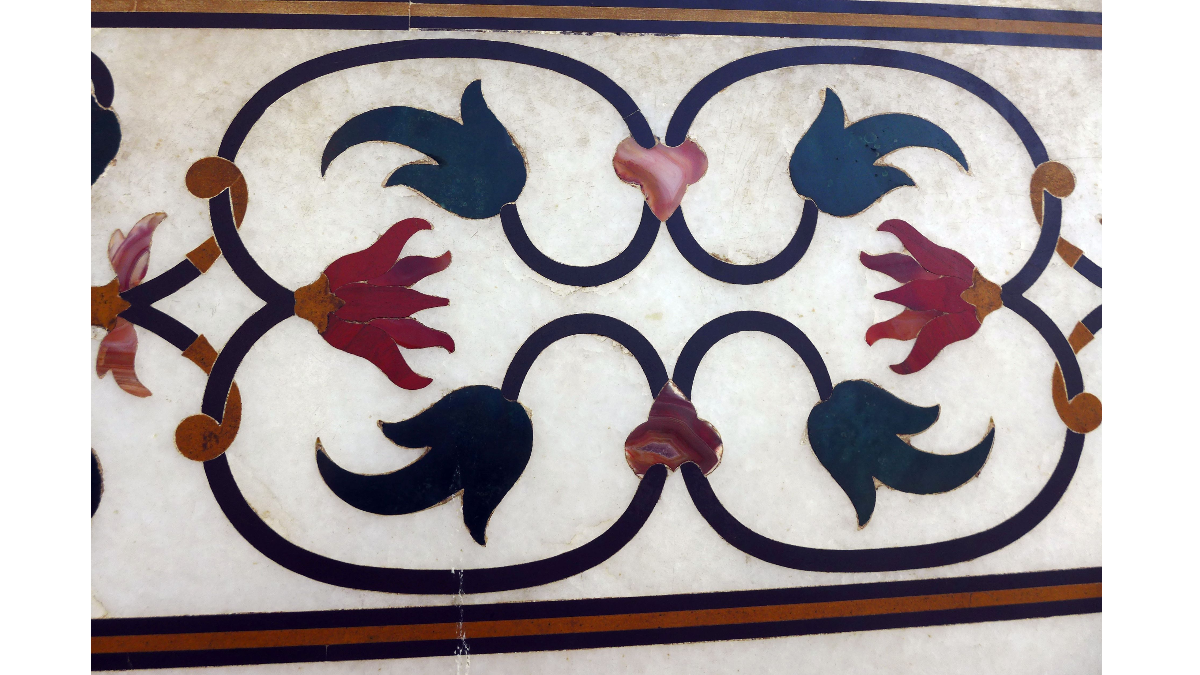
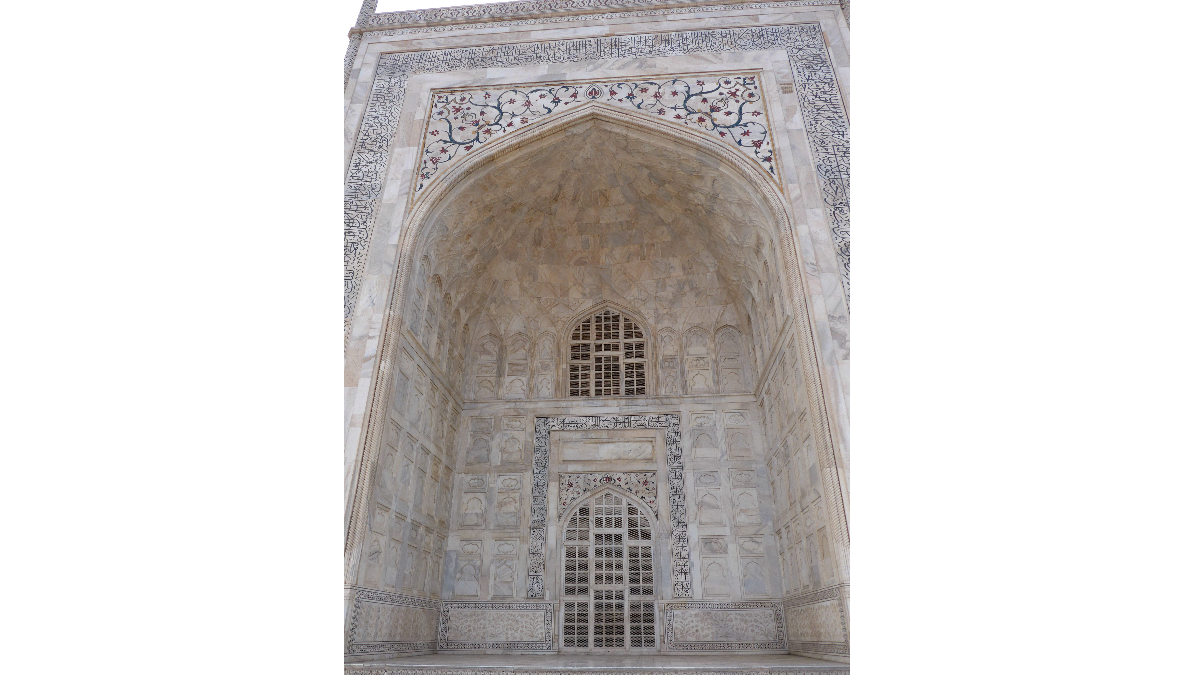
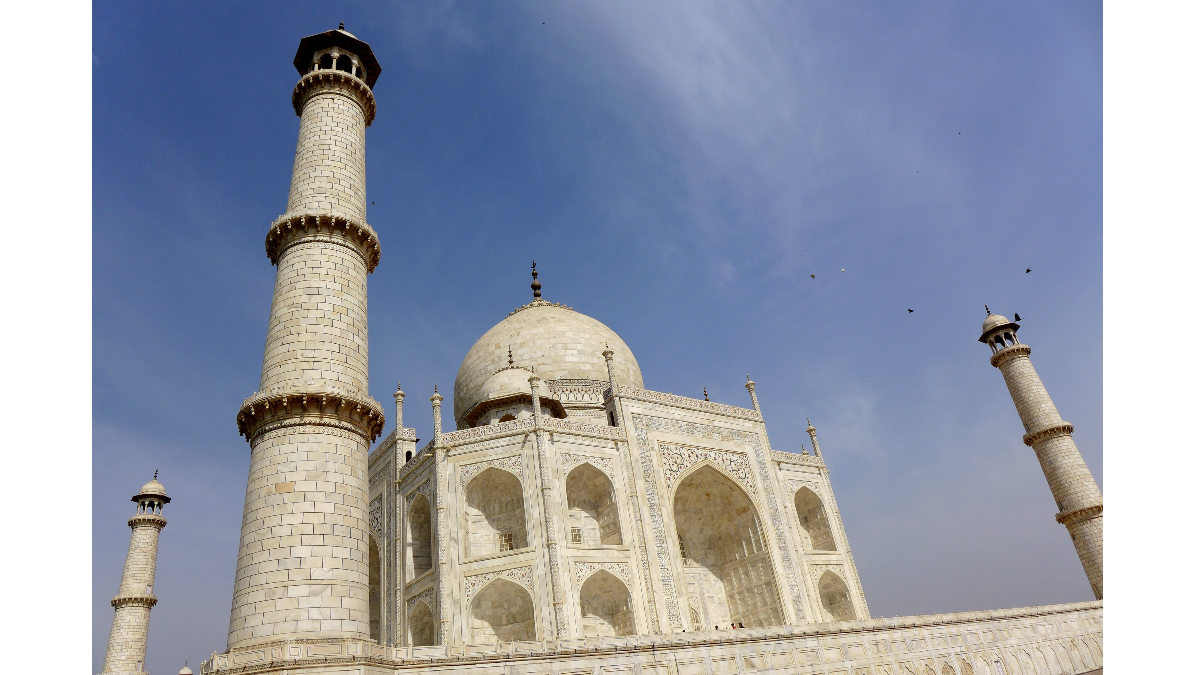

The text of the Koran is inscribed in black and white on the door frame, and floral and geometric patterns are inlaid on the white marble.
Extended Reading
亨達30載系列 – 亨達愛心工程 希望在路上
BY Group Branding and Promotion FROM Hantec Group
<About Stock Markets>Epidemic Economy Become the Current, Sharing Wealth is the Trend
BY Group Branding and Promotion FROM Hantec Group
Hantec Group Has Been Awarded the “SME Partner Awards of Excellence 2021” for 3 Consecutive Years
BY Group Branding and Promotion FROM Hantec Group
Unit 4614, 46/F, COSCO Tower, 183 Queen’s Road Central, Hong Kong
(852) 2214 4288
No.76, South 2 Road, Baiziwan, Chaoyang District, Beijing
(86) 010-8515 1011
Unit 4614, 46/F, COSCO Tower, 183 Queen’s Road Central, Hong Kong
(852) 2545 5065 / (852) 2214 4188